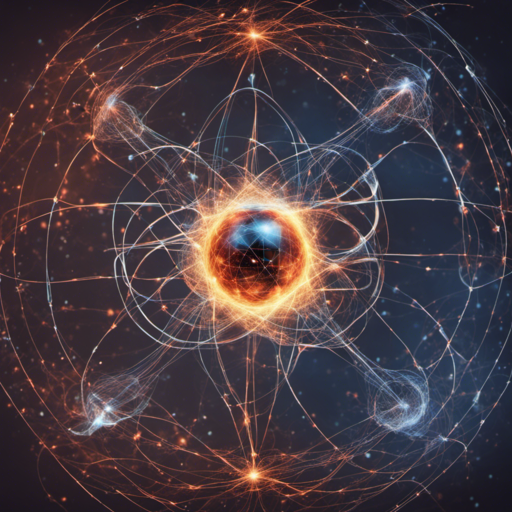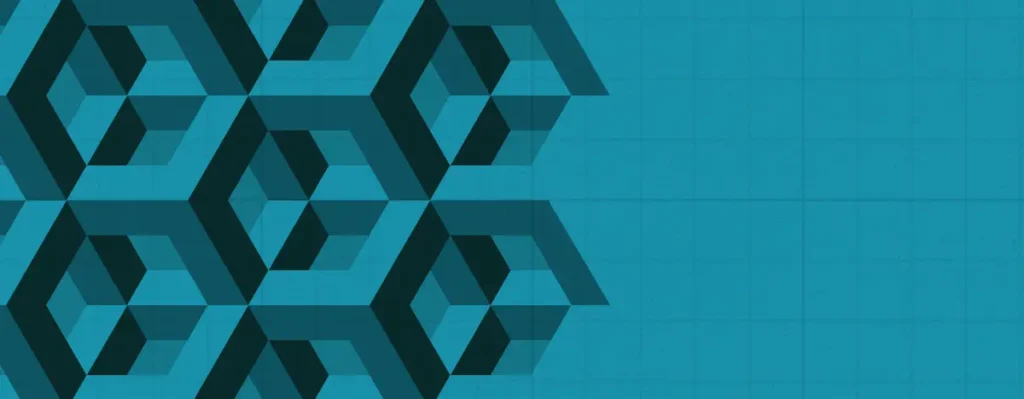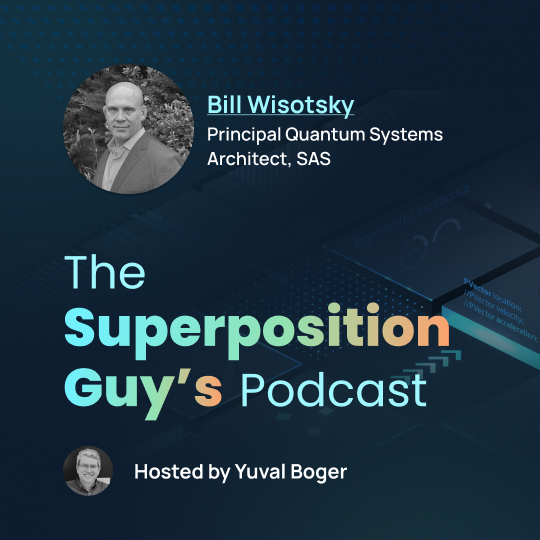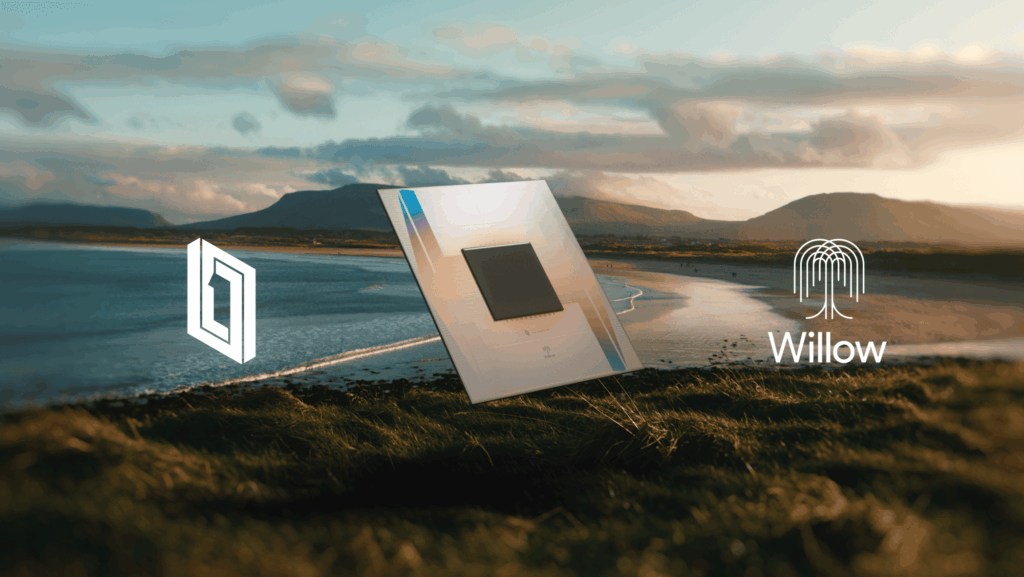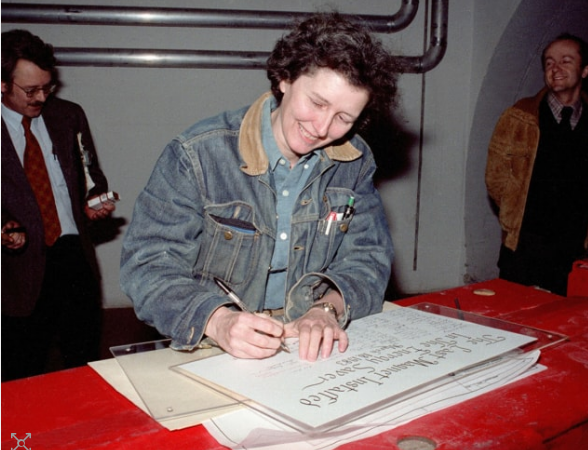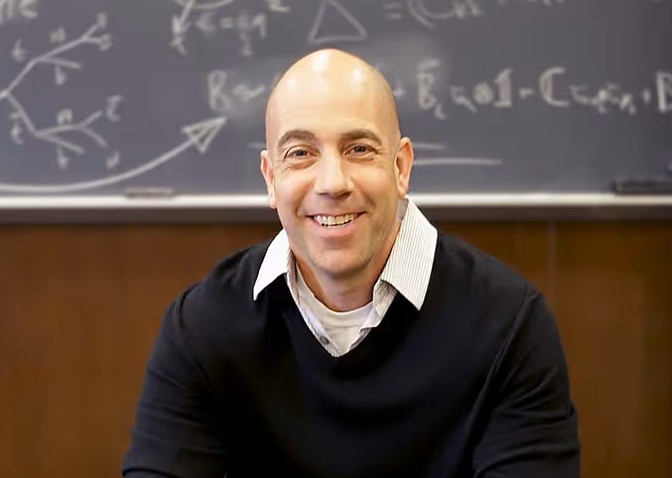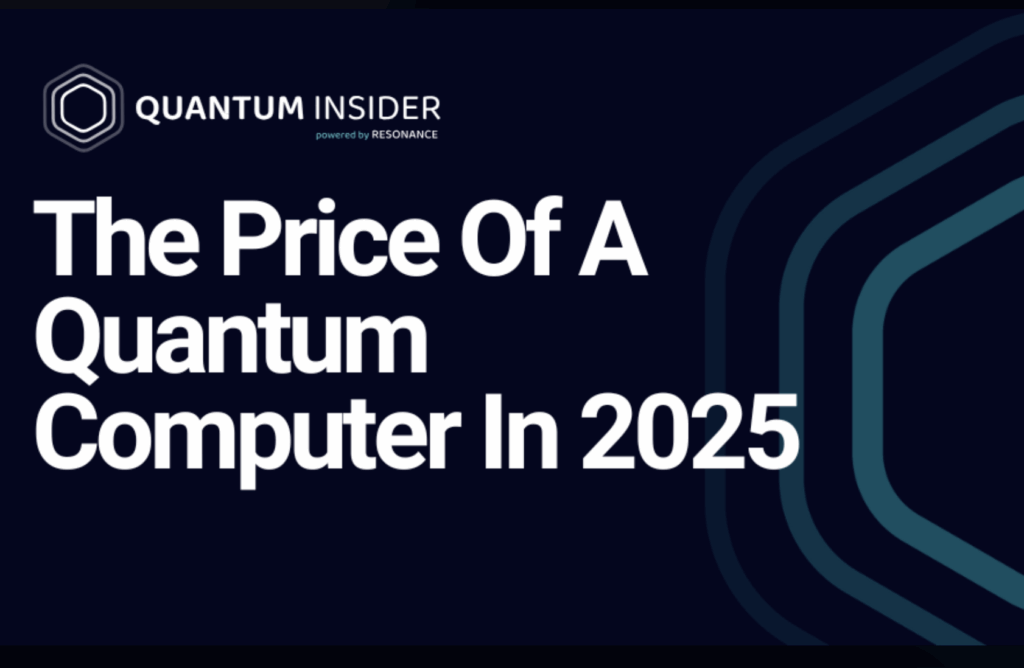Insider Brief
- Researchers devised a strategy for implementing algorithms in natural quantum interactions that could process a variety of real-world problems faster than classical devices.
- The natural approach, rather than induced entanglement, requires fewer connections among qubits.
- The team hopes to collaborate with experimental physicists also at Los Alamos to demonstrate their approach using ultracold atoms.
PRESS RELEASE — A potentially game-changing theoretical approach to quantum computing hardware avoids much of the problematic complexity found in current quantum computers. The strategy implements an algorithm in natural quantum interactions to process a variety of real-world problems faster than classical computers or conventional gate-based quantum computers can.
“Our finding eliminates many challenging requirements for quantum hardware,” said Nikolai Sinitsyn, a theoretical physicist at Los Alamos National Laboratory. He is coauthor of a paper on the approach in the journal Physical Review A. “Natural systems, such as the electronic spins of defects in diamond, have precisely the type of interactions needed for our computation process.”
Sinitsyn said the team hopes to collaborate with experimental physicists also at Los Alamos to demonstrate their approach using ultracold atoms. Modern technologies in ultracold atoms are sufficiently advanced to demonstrate such computations with about 40 to 60 qubits, he said, which is enough to solve many problems not currently accessible by classical, or binary, computation. A qubit is the basic unit of quantum information, analogous to a bit in familiar classical computing.

Longer-lived qubits
Instead of setting up a complex system of logic gates among a number of qubits that must all share quantum entanglement, the new strategy uses a simple magnetic field to rotate the qubits, such as the spins of electrons, in a natural system. The precise evolution of the spin states is all that is needed to implement the algorithm. Sinitsyn said the approach could be used to solve many practical problems proposed for quantum computers.
Quantum computing remains a nascent field handicapped by the difficulty of connecting qubits in long strings of logic gates and maintaining the quantum entanglement required for computation. Entanglement breaks down in a process known as decoherence, as the entangled qubits begin to interact with the world outside the quantum system of the computer, introducing errors. That happens quickly, limiting the computation time. True error correction has not yet been implemented on quantum hardware.
The new approach relies on natural rather than induced entanglement, so it requires fewer connections among qubits. That reduces the impact of decoherence. Thus, the qubits live for a relatively a long time, Sinitsyn said.
The Los Alamos team’s theoretical paper showed how the approach could solve a number-partitioning problem using Grover’s algorithm faster than existing quantum computers. As one of the best-known quantum algorithms, it allows unstructured searches of large data sets that gobble up conventional computing resources. For instance, Sinitsyn said, Grover’s algorithm can be used to divvy up the runtime for tasks equally between two computers, so they finish at the same time, along with other practical jobs. The algorithm is well-suited to idealized, error-corrected quantum computers, although it is difficult to implement on today’s error-prone machines.
Protected against errors
Quantum computers are built to perform computations much faster than any classical device can do, but they have been extremely hard to realize so far, Sinitsyn said. A conventional quantum computer implements quantum circuits — sequences of elementary operations with different pairs of qubits.
The Los Alamos theorists proposed an intriguing alternative.
“We noticed that for many famous computational problems it is sufficient to have a quantum system with elementary interactions, in which only a single quantum spin — realizable with two qubits — interacts with the rest of the computational qubits,” Sinitsyn said. “Then a single magnetic pulse that acts only on the central spin implements the most complex part of the quantum Grover’s algorithm.” Called the Grover’s oracle, this quantum operation points to the desired solution.
“No direct interactions between the computational qubits and no time-dependent interactions with the central spin are needed in the process,” he said. Once the static couplings between the central spin and qubits are set, the entire computation consists only of applying simple time-dependent external field pulses that rotate the spins, he said.
Importantly, the team proved that such operations can be made fast. The team also discovered that their approach is topologically protected. That is, it is robust against many errors in the precision of the control fields and other physical parameters even without quantum error correction.
The paper: “Topologically protected Grover’s oracle for the partition problem.” Physical Review A. https://journals.aps.org/pra/abstract/10.1103/PhysRevA.108.022412
The funding: Department of Energy Office of Science, Office of Advanced Scientific Computing Research and the Laboratory Directed Research and Development program at Los Alamos National Laboratory.

